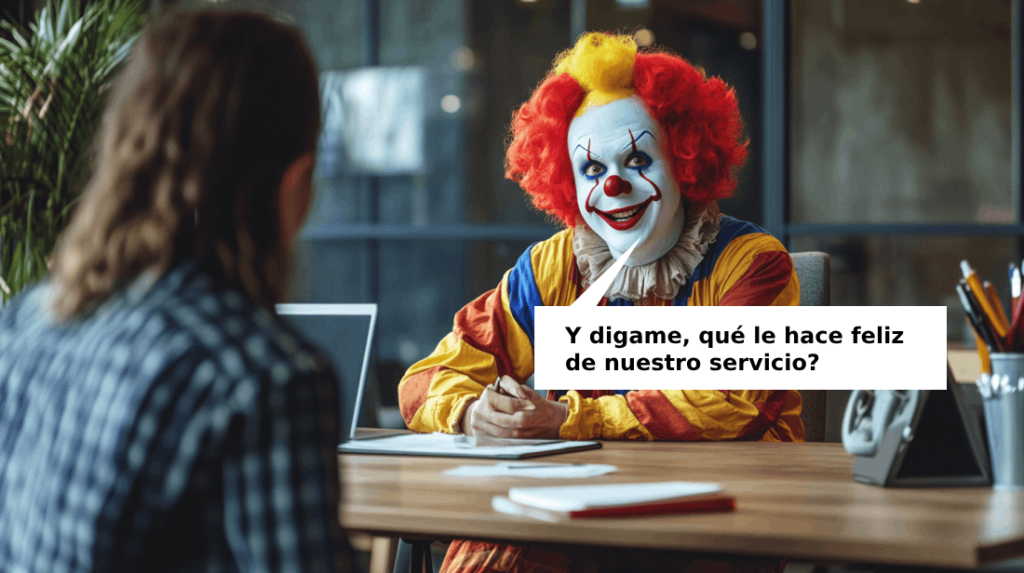Javier Cherrera
Designer and strategist

hey@javiercherrera.com
In my journey as a designer, the most common issue I’ve encountered in design processes is the tendency to “do just to do.” Many times, design is treated like a show or a standard recipe: “let’s run a workshop,” “let’s do interviews.” These activities sound great, but the truth is they often come up as automatic suggestions—without really questioning whether we need them, or if there might be a better alternative.

It’s the process of moving from what we don’t know to what we do. How do we get there? Through research methodologies—shadowing, interviews, surveys, or even a smart Google search. It doesn’t mean applying every tool in the book, but rather choosing the right one for the context.
Design is iterative. That means we don’t need to know everything about the user from day one. Sometimes we fall into the trap of thinking that “deep design” means spending endless hours with users, documenting every detail—from what coffee they drink to when they go to the bathroom. But hey, it’s 2025—those exhaustive methods no longer impress. It’s not about collecting unnecessary data, but about prioritizing what’s essential to solve the problem and validating it quickly and precisely.
A good example of this approach is in Lean UX by Jeff Gothelf, where he emphasizes the importance of working in short test-and-learn cycles. This lets us learn what works and make adjustments without wasting time or resources on never-ending research.

A common trap in design is becoming attached to the process itself. When something works—say, a workshop that had great results—it’s tempting to repeat it every time, without questioning whether it’s really necessary. But design is not a performance to impress your boss or your client. It’s not about saying, “Of course, boss, I’m glad you liked my work.” It’s about asking: Do we really need to repeat this activity? What’s its purpose this time?
As Tim Brown puts it in Change by Design, “Human-centered design is not about applying formulas. It’s about staying flexible and adapting to each context.”
Sure, it can be fun and even inspiring—but it’s not just about entertaining. It’s about extracting valuable insights and using available resources wisely and intentionally. That requires a mindset that’s both critical and results-oriented.
Imagine a project to improve the online shopping experience. The team suggests conducting interviews to uncover user frustrations. But perhaps a more efficient start would be analyzing behavioral data from the platform, identifying the pain points, and then—if needed—conducting targeted interviews with a smaller group of users. This kind of iterative approach helps us move faster without wasting time or resources.
Design should be a tool for solving problems and discovering innovative solutions—not a set of activities we perform on autopilot. We must always remember to question the “why” behind every action and stay true to the ultimate goal: to create real value for people and organizations.